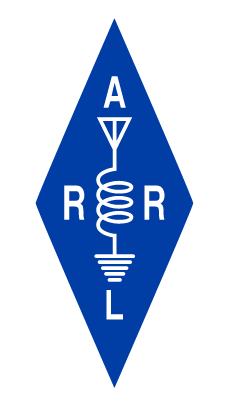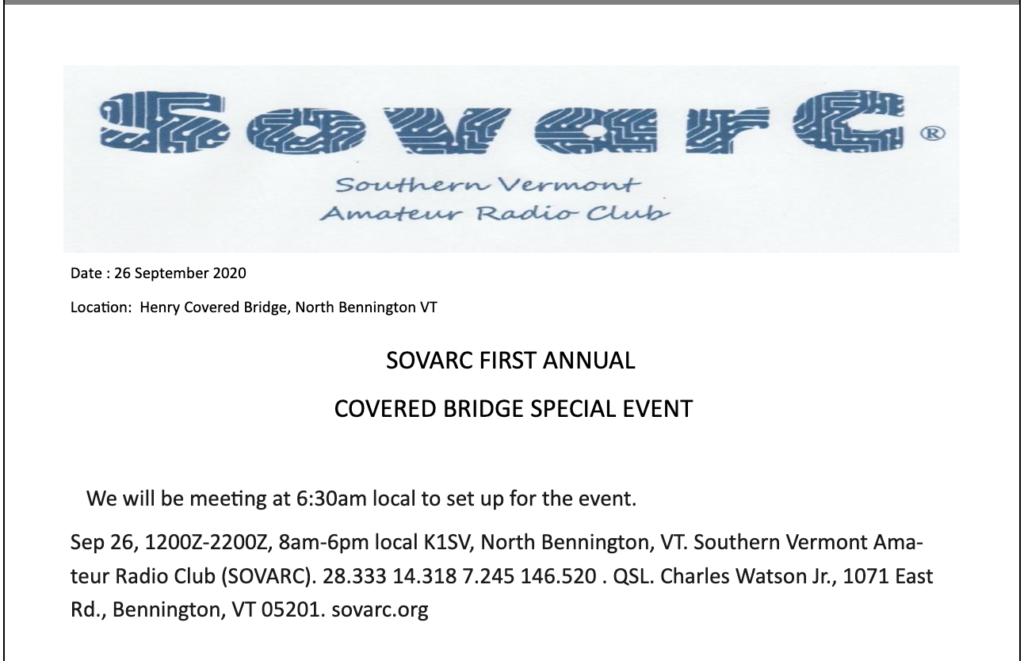Month: September 2020
Eastern MA September 2020 Section News Now Available
 The September, 2020, Eastern MA Section Newsletter is now available at https://ema.arrl.org/september-2020-section-news/.
The September, 2020, Eastern MA Section Newsletter is now available at https://ema.arrl.org/september-2020-section-news/.
HCRA Fox Box is Back Up
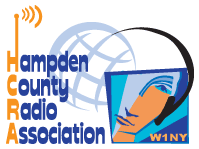 Ken Dion, KD1KU writes on the WMAFoxHunters list:
Ken Dion, KD1KU writes on the WMAFoxHunters list:
As of 1300 hrs, Tuesday, September 29th, the [Hampden County Radio Association] Fox has been fully charged and is back in hiding! With a little bit of luck the issue of it randomly cutting out has been resolved. The only way to know for sure is if we get some hunters after the fox so if you know someone interested in fox hunting then why not take them along with you on this or a future hunt. Let’s get more hams interested in this aspect of amateur radio! This is also a good opportunity for base stations to give signal reports and a direction if possible.
That diabolical fox is running the usual one watt into a 18 inch antenna. I was able to activate it running 50 watts on my mobile rig with a 5/8 wave mag mount at the intersection of Roosevelt Ave. & Page Blvd. in Springfield, MA. co-ordinates 42.14396, -72.55199 (see map below). Also I was able to wake the fox with only 5 watts just up from Teddy Bear Pools on East Street in Chicopee!
<…>
If the Fox can hear you and you can hear it, you will hear its very distinctive sound. It will transmit for 30 seconds, ID and then repeat 2 more times and then go back to sleep. You can make it transmit as often as necessary to find it.
You do not actually have to touch the box to claim finding it. Eyeball contact is sufficient but a photo showing the fox is helpful as long as it doesn’t give away it’s location. It is located less than 500 feet from a safe parking location. Announce here on this group that you found it and any comments other than its location. We want to know who has found it and who hasn’t.
Please do not post the frequency or PL on any social media, websites or email lists.
Happy Fox Hunting!
Ken, KD1KU
Transceiver Performance for the HF DX Operator
- This meeting will be recorded. By participating you consent to being recorded.
- Please change your display name to your FirstName, Call Sign, and Location, e.g. Dan K7REX Idaho.
https://us02web.zoom.us/j/2128884758?pwd=cERaUkExS3Y2SDVHNFJhcVRpcWNjUT09
Meeting ID: 212 888 4758
Passcode: Receivers
One tap mobile
+13462487799,,2128884758#,,,,,,0#,,044011695# US (Houston)
+16699006833,,2128884758#,,,,,,0#,,044011695# US (San Jose)
Dial by your location
+1 346 248 7799 US (Houston)
+1 669 900 6833 US (San Jose)
+1 253 215 8782 US (Tacoma)
+1 312 626 6799 US (Chicago)
+1 929 205 6099 US (New York)
+1 301 715 8592 US (Germantown)
Meeting ID: 212 888 4758
Passcode: 044011695
Wellesley ARS “Parks On The Air” Activation, K-2427, September 26, 2020
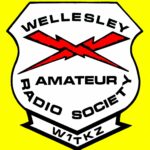 Dan Brown W1DAN, writes:
Dan Brown W1DAN, writes:All in all, Rob and Leandra made around 60 contacts on 40M, 20M, and 2M, and one contact on 6M, which was absolutely dead.
The gang said it was good fun. Leandra wanted to do a POTA sometime, and when Rob invited she jumped at the chance. Leandra brought her Yaesu FT991 40AH battery, mini masts for the Hamstick and 2-meter Moxon antenna. Rob brought his Icom 7300, 20AH battery, and a Wolf River Coils antenna (https://www.wolfrivercoils.com). However there was a set of 50-foot radials with this antenna, which were all tangled up like a ball of twine. This took a frustrating hour to untangle, but once set up, the antenna was excellent on 40M.
[Full story]ARRL Seeks Changes in FCC Proposal to Delete 3.4 GHz Amateur Band
From the ARRL web:
09/26/2020 – ARRL met via telephone with FCC staff members this week to emphasize its opposition to the FCC Notice of Proposed Rulemaking (NPRM) in Docket 19-348 to delete amateur radio from the 3.3 – 3.5 GHz band. The FCC will take final action in the proceeding when it meets on September 30.
In comments filed earlier this year, ARRL urged that the secondary status for amateur radio in the band be continued. In a series of meetings with Commissioner legal advisors and staff members, ARRL explained how continued secondary use by radio amateurs will not impair or devalue use of this spectrum by future primary licensees, including those intending to provide 5G or other services. ARRL also stressed the various public-benefit uses of the spectrum by amateurs, including ongoing use of television and mesh networks on the west coast of the US as part of efforts to contain wildfires.
With regard to interference potential, ARRL stated that amateur radio operators using these bands are technically proficient and have a long history of sharing with primary users in this and other bands without causing interference.
FCC staff expressed concern that because amateur operations in the band are less clearly defined than those of other services also operating on a non-interference in the band, they would be difficult to locate should interference occur. ARRL Washington Counsel David Siddall, K3ZJ, noted that Section 97.303(g), an existing amateur rule, could be amended or used to craft a notification requirement, if the FCC concluded that relying on other methods would be insufficient. The FCC participants indicated that such a requirement, in place of deleting the secondary allocation, would be given serious consideration. (Section 97.303(g) contains specific frequency-sharing requirements for the 2200- and 630-meter amateur bands.)
Siddall also pointed out that the Amateur Television Network (ATN) filed an email with the Commission that included a letter from the California Governor’s Office of Emergency Services (Cal OES) describing amateur radio’s contributions, specifically calling out the need for 3.4 GHz access GHz and explaining why other bands are not sufficient.
ARRL also argued that, in any event, continued operation in the band should be permitted until and unless an actual potential for interference exists in a specific geographic area. ARRL said the FCC should not intentionally leave spectrum capacity unused during a build-out period that the Commission’s own proposal indicates will last for at least 12 years in some areas.
The record in the proceeding is now closed. Please be reminded that there can be no calls, emails, or filings to the FCC with regard to the issues under consideration until a final FCC Report and Order and Further Notice of Proposed Rulemaking is released. Release is currently expected to be within a few days after the Commission’s September 30 meeting. At that time, ARRL will evaluate the impact on amateur radio of the Commission’s decisions and consider what further action, if any, may be merited.
New England Vintage Electronics Club Antique Radio Show, Brookline, NH, September 26, 2020
 Masks required. The theme is antique broadcast radios, TVs, etc. but ham gear bargains can be found from the outside tailgaters.
Masks required. The theme is antique broadcast radios, TVs, etc. but ham gear bargains can be found from the outside tailgaters.
http://www.nearc.net/swapmeetinfo.htm
Support ARRL Through the Combined Federal Campaign
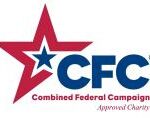 For nearly 20 years, the US Office of Personnel Management has designated the ARRL (participant # 10099) to participate in the Combined Federal Campaign. This annual campaign for federal government civilian employees, US Postal Service workers and members of the military has generated more than $280,773 for ARRL programs since it first became an option for giving by federal employees to the League. The CFC provides an easy way to support ARRL’s effort to represent its members and all radio amateurs. [Full story]
For nearly 20 years, the US Office of Personnel Management has designated the ARRL (participant # 10099) to participate in the Combined Federal Campaign. This annual campaign for federal government civilian employees, US Postal Service workers and members of the military has generated more than $280,773 for ARRL programs since it first became an option for giving by federal employees to the League. The CFC provides an easy way to support ARRL’s effort to represent its members and all radio amateurs. [Full story]
Phil Temples, K9HI, Appointed as New England Division Vice Director
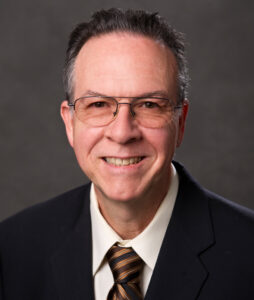 From arrl.org:
From arrl.org:
09/24/2020
ARRL President Rick Roderick, K5UR, has appointed Phil Temples, K9HI, of Watertown, Massachusetts, as New England Division Vice Director. He succeeds Mike Raisbeck, K1TWF, who was elected earlier this year as ARRL First Vice President. President Roderick made the appointment after consulting with New England Director Fred Hopengarten, K1VR, and the region’s Section Managers.
“I want to thank all of those who forwarded their recommendations to Director Hopengarten,” Temples said. “Mike Raisbeck left some big shoes to fill. I look forward to working with Fred, and to advise and assist him with various tasks and board committee assignments. One task I’m especially eager to tackle is launching a New England Division website.”
An ARRL Life Member, Temples has been licensed for 50 years, initially as WN9EAY in Indiana. He has written articles for QST and contributed articles for the ARRL website. He also recently co-authored a chapter in the Amateur Radio Public Service Handbook.
Temples served three terms as Eastern Massachusetts Section Manager and now is an Assistant SM and an Assistant New England Division Director. He’s also held ARRL field appointments as Affiliated Club Coordinator and Public Information Officer and currently serves as program chair for the ARRL New England Division Convention.
Temples has been active in MARS, the National Traffic System, and as an Emergency Coordinator, and he enjoys CW. He holds a degree in electrical engineering from Purdue University.
Temples has actively promoted instruction and licensing and is a Volunteer Examiner under the ARRL, W5YI, and Greater Los Angeles ARG Volunteer Examiner Coordinators. He’s currently involved with New England Amateur Radio, Inc. in administering remote exam sessions during the COVID-19 pandemic.
Temples is employed at Boston College as a computer systems administrator.
